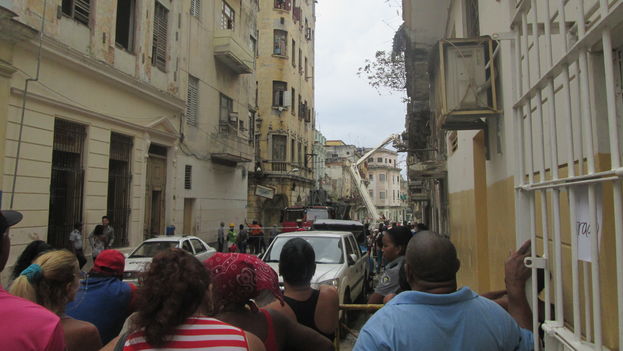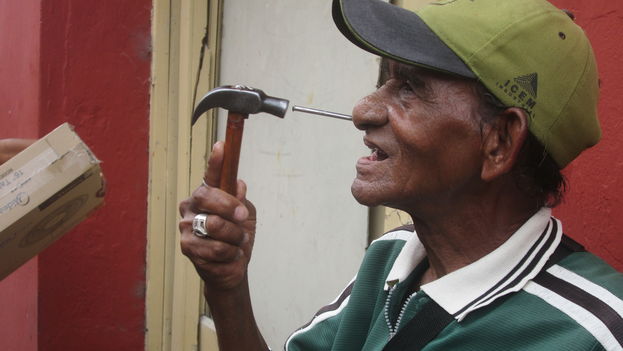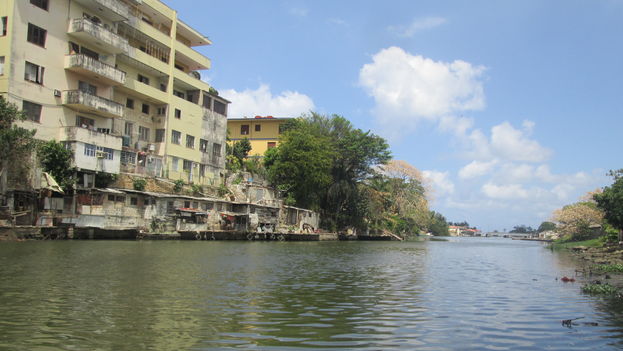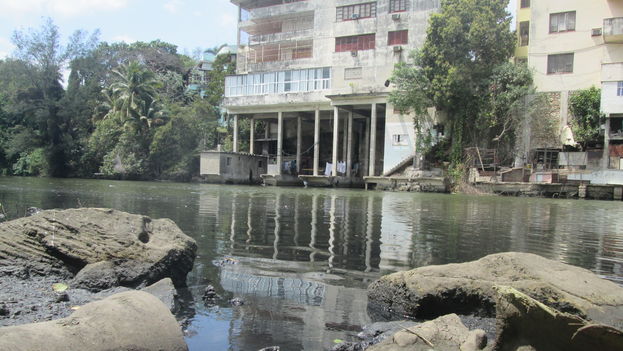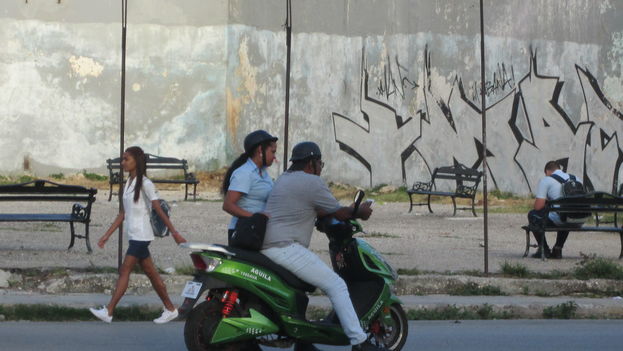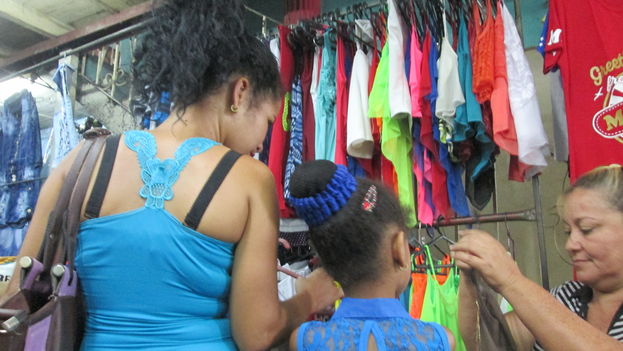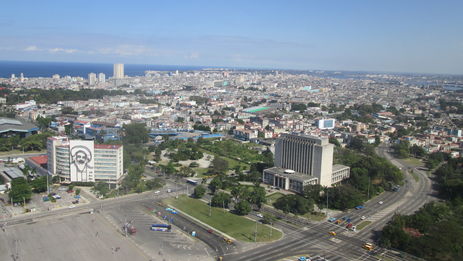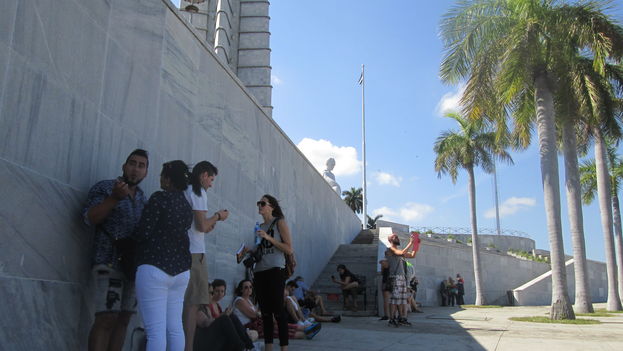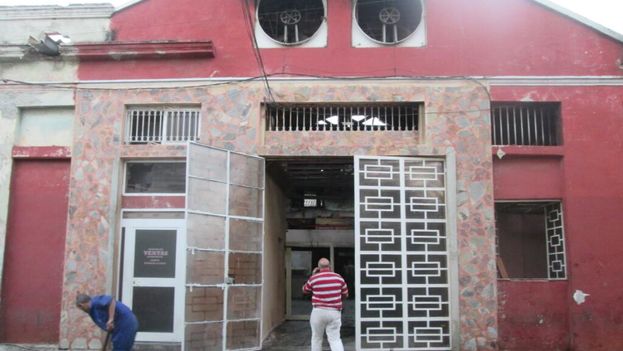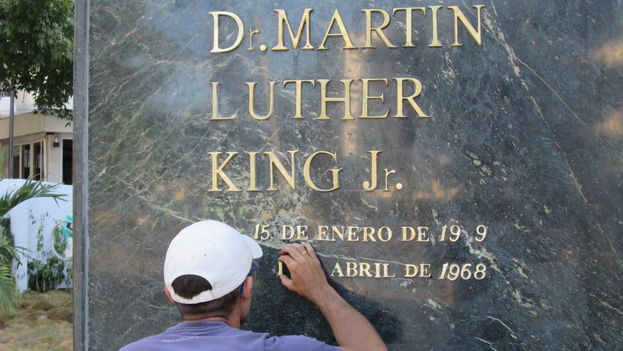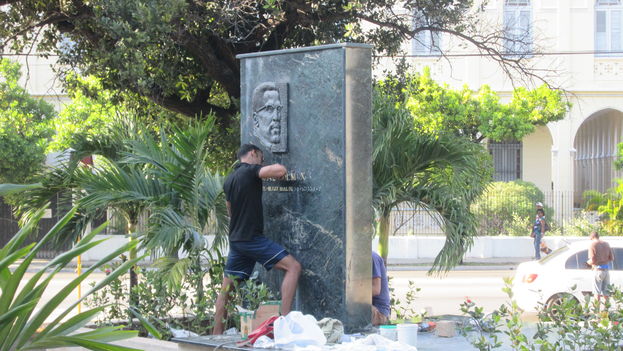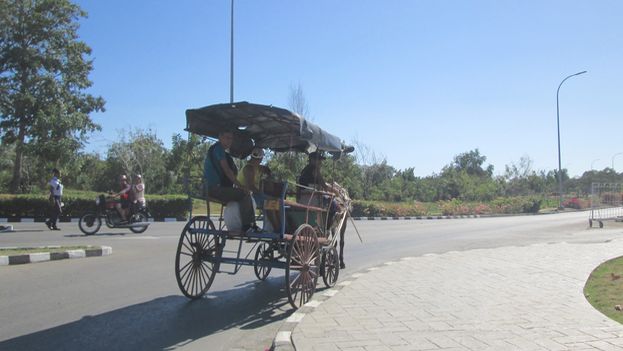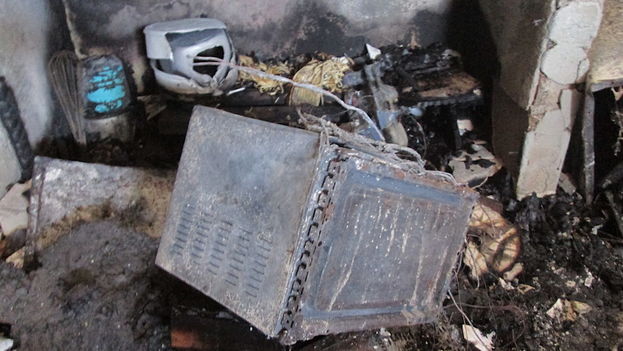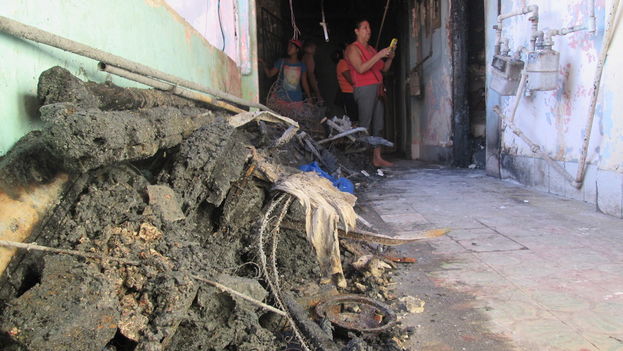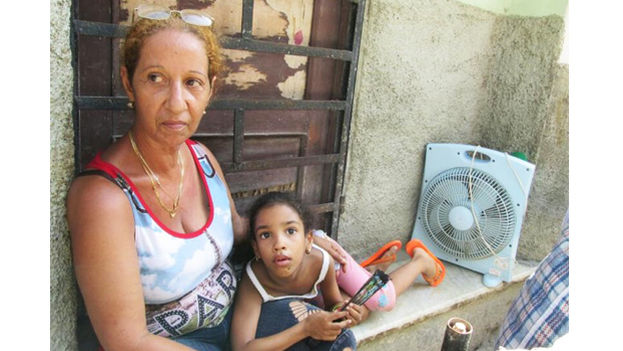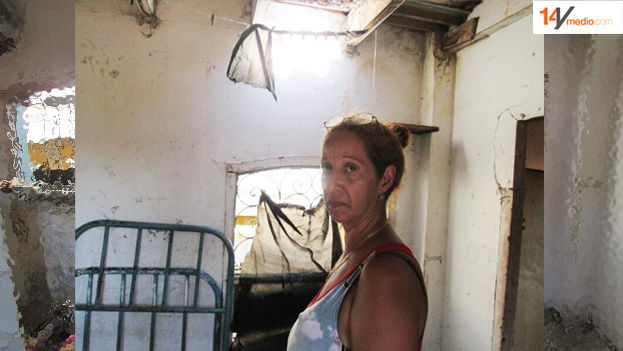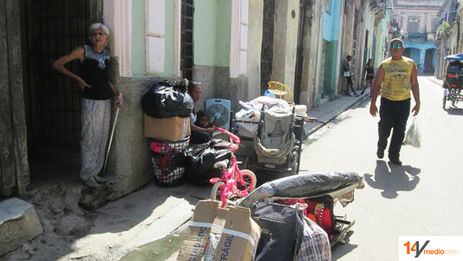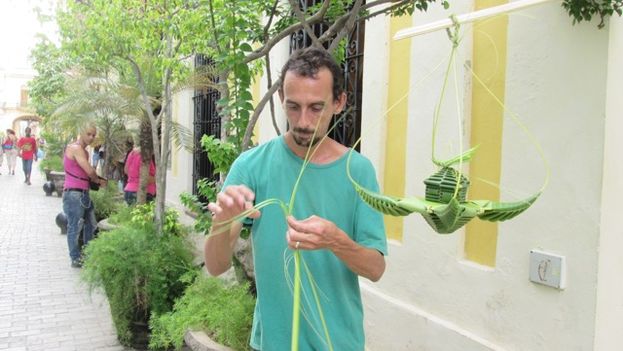“So we had several months until things went bad,” he recalls, referring to the visa controls that the government of Rafael Correa imposed on Cubans at the end of 2015. continue reading
The visa waiver Cubans had enjoyed in Ecuador since 2008, along with the immigration reform approved by Raúl Castro in 2013, led to an “airlift” with thousands of trips made each year by private individuals, allowing them to supply the Cuban informal market with products from the Andean nation. As the Ecuadorian door closed, there were other shopping destinations, including Russia, Guyana and Trinidad and Tobago.
For Yamilet García, a Cuban based in Miami, the ‘motorinas’, as they are called, are ‘a blessing’
“It is now more difficult” to find customers who are willing to pay what he was formerly able to charge for an electric scooters, explains Carlos. “There are a lot of people traveling,” so the number of “scooters of different brands and colors” has soared.
In South Florida, where the largest concentration of Cubans outside the Island is located, this business opportunity did not go unnoticed.
Yudelkis Barceló, owner of the agency Envios y Más based in Miami, explained to 14ymedio that for the last three years they have been in the business of shipping electric scooters to Cuba.
“The customer acquires the product and in a period of six to eight weeks they can pick it up at the Palco agency, west of Havana. Payment is made in Miami. The company offers Voltage brand bikes of 750 Watts and 1,000 Watts, which cost $1,450 and $1,600 respectively, plus customs costs (70 Cuban Convertible pesos (CUC) plus 400 Cuban pesos (CUP) in the first case; and 170 CUC plus 400 CUP in the second case).
There are also other models of scooters: the Ava Aguila costs 1,950 CUC, the Hornet is 1,850 CUC and the Mitshozuki is 1,750 CUC.
Barceló notes that the shipment of this equipment is intended for personal use only, so his company does not violate the US embargo. Shipments are made by sea.
Another circumstance that favors scooters is that they do not have to be registered and can be driven with a license to drive light equipment
For Yamilet Garcia, a Miami-based Cuban, the motorinas, as they are called, are “a blessing.”
“Everybody knows what transportation is like in Cuba. I sent one to my brother who lives in Cotorro and he’s happy because he doesn’t have to wait for the bus or take the shared-taxis,” he says.
The Caribbean Express agency is another company that sends motorinas to the Island.
“They are taking four to five months” to be delivered, explains one of the sales agents who for protocol reasons prefers not to be identified.
“Only the Palco agency receives this type of product because it has the scanner to analyze them, so there is a delay,” he adds.
Another popular article among relatives who send products to Cuba are electric bicycles, much cheaper than scooters and with speeds of between 15 mph and 30 mph.
The deterioration of public transport, which has intensified in recent months, has contributed to a rebound in orders
On the Island you can buy the 60 volt LT1060 model with a three phase 1000 watt motor that the Angel Villareal Bravo Company of Santa Clara assembles from components from China.
These are higher powered bikes compared to those previously produced by that factory, and they are capable of reaching speeds of up to 30 mph. They have hand controls to activate the horn, digital screen and disk brakes, among other features.
This model “has characteristics similar to those currently imported by many individuals” and will be sold in the government chain of “TRD stores at a price of 1,261 CUC,” Elier Pérez Pérez, deputy director of the factory explained to the government newspaper Granma, saying they expect to produce 5,000 units by the end of the year.
The deterioration of public transport, which has intensified in recent months, has contributed to a rebound in orders.
Many motorists and passers-by complain, “If anybody hits you, they flee and you can not even see a license plate to complain about it”
Another circumstance that favors scooters is that they do not have to be registered and can be driven with a license to drive light equipment. A condition that many riders do not meet.
However, many motorists and passers-by complain, “If anybody hits you, they flee and you can not even see a license plate to complain about it,” says Pascual, a driver of a state vehicle.
“I’ve even found children under 16 driving these things,” he complains.
“I take care of it like it’s my child and the truth is that it has saved me from a thousand problems,” says Maikel, a computer engineer with a Voltage Racing bike.
His problems go in another direction. “There are few parking lots where I can feel safe leaving the bike and the cars don’t show me any respect on the road,” he complains.
However, he says that the motorina has totally changed his life by giving him a freedom of movement that he did not have before.
*Translator’s note: Cuba has two currencies. Cuban Convertible pesos are officially worth one US dollar each, although transaction fees raise the cost for foreigners converting money on the island. Cuban pesos are worth roughly 4 cents US each.
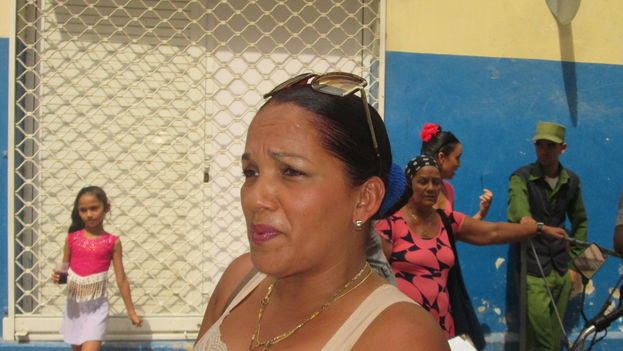
![]() Yosmany Mayeta Labrada, Havana, 18 April 2017 — Mariagne Durán, a mother of two children who lives in the Serrá Building in Central Havana where the stairs collapsed on Tuesday, refuses to leave the property because she has nowhere else to go. An employee of the Telecommunications Company of Cuba (ETECSA), Duran and her mother are part of the group of residents on the corner of Amistad and San Miguel Streets who are resisting being evacuated.
Yosmany Mayeta Labrada, Havana, 18 April 2017 — Mariagne Durán, a mother of two children who lives in the Serrá Building in Central Havana where the stairs collapsed on Tuesday, refuses to leave the property because she has nowhere else to go. An employee of the Telecommunications Company of Cuba (ETECSA), Duran and her mother are part of the group of residents on the corner of Amistad and San Miguel Streets who are resisting being evacuated.

